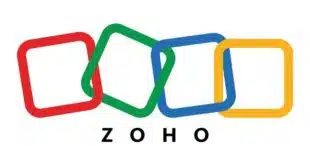Financial institutions and third-party providers of digital person-to-person payments may have the same goal—ubiquity of service and adoption—but they’ll have to take different paths to get there, according to “Digital Person-to-Person Payments in the U.S.: The Competitive Landscape,” a report released last week by the Aite Group LLC.
The P2P payments arena is hotly contested, with bank providers such as JPMorgan Chase & Co., Capital One, USAA, and Bank of America—all participants in Zelle, a soon-to-be-launched P2P service—contending for adoption with entities such as PayPal Holdings Inc.’s Venmo, Square Cash, and Facebook Messenger. Popmoney, a P2P service from Fiserv Inc., also is popular with banks.
The market is potentially massive. Aite estimates the P2P payments total at least $1.2 trillion in the United States. Both financial institutions and third-party providers have several tasks to complete if they want to have a significant presence in the market. The Aite report examined the strengths and weaknesses of the various P2P-payments services, but did not address revenue potential for each type of provider.

In addition to examining PayPal, Venmo, Popmoney, Zelle, Square Cash, and Facebook Messenger, Baker’s report reviewed Circle, People Pay from Fidelity National Information Services (FIS), Google Wallet, Payveris PayItNow, and Tilt.
Baker says the impending launch this year of Zelle, a product of Early Warning Services LLC, will help banks. She anticipates Zelle will become the main banking P2P payments product. “It will be the onus of financial institutions to market it so people know about it,” she says.
Third-party providers, too, will have to market their services. Their task will be to establish partnerships for long-term viability, and that may mean working with providers like Early Warning, Baker says.
Third-party providers tend to have a better user experience. Baker says their tools are easier to use than those of bank services. Using a bank’s P2P service typically entails opening the app on a smart phone, then opening a menu within the app to select the P2P function. That is followed by actually making the P2P transaction. By contrast, apps from third-party providers often involve opening the app and completing the transaction.
Banks, however, have an edge on third-party providers when it comes to security. “That is the one thing the banks have up on the alternative providers,” Baker says. “People trust their financial institutions and they believe their money is secure and the transactions they make using their financial institutions are secure.” Security could be a critical differentiator, Baker notes in the report.





